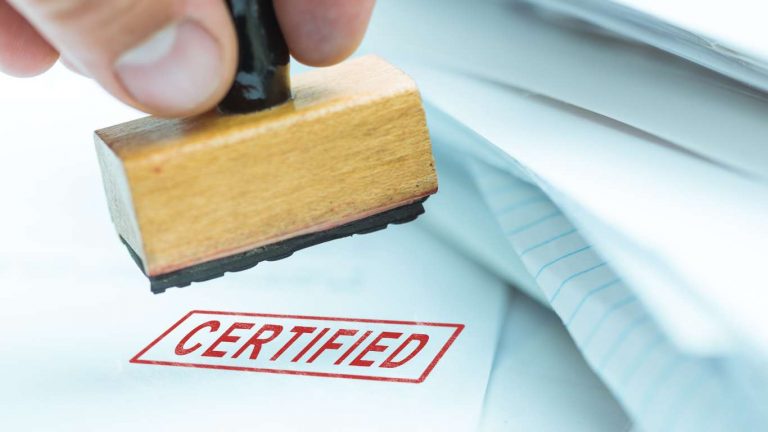Transporting hazardous goods is a crucial part of many industries, including chemical, pharmaceutical, and oil and gas. However, it comes with inherent risks that can pose a threat to the environment, public safety, and the reputation of the company.
To ensure the safe transportation of hazardous goods, 4G UN boxes have emerged as one of the feasible solutions.
What are 4G UN Boxes
4G UN boxes are specialised containers designed to transport hazardous goods safely. These boxes comply with the United Nations (UN) regulations for the transportation of dangerous goods, which are internationally recognised standards for the safe and secure movement of hazardous materials.
The 4G UN boxes are made of durable and robust materials, such as steel, plastic, or fibreboard, that can withstand the rigours of transportation. They are also designed to prevent leaks, spills, and other accidents that can occur during transportation.
Benefits of Using 4G UN Boxes
Using 4G UN boxes for the transportation of hazardous goods offers several benefits, including:
- Compliance with Regulations: As mentioned earlier, 4G UN boxes comply with the UN regulations for the transportation of dangerous goods. This means that companies can transport hazardous materials legally and safely, without risking fines or penalties.
- Protection of Goods: A UN 4G box provides a high level of protection for hazardous goods during transportation. They are designed to prevent leaks, spills, and other accidents that can damage the goods or pose a threat to public safety.
- Cost-Effective: 4G UN boxes are a cost-effective solution for the transportation of hazardous goods. They are reusable, which means that companies can use them multiple times, reducing the need for expensive packaging materials.
- Versatility: 4G UN boxes come in different sizes and materials, making them suitable for a wide range of hazardous goods. They can also be customised to meet specific transportation requirements.
How to Ensure Risk-Free Transportation of Hazardous Goods Using 4G UN Boxes
To ensure risk-free transportation of hazardous goods using 4G UN boxes, companies must follow certain guidelines. Here are some tips:
- Choose the Right Box: Companies must select the appropriate UN 4G box for the type and quantity of hazardous goods they are transporting. The box should be able to accommodate the goods and provide adequate protection during transportation.
- Proper Labelling: All 4G UN boxes must be labelled correctly to comply with the UN regulations. The labels must include the UN number, proper shipping name, hazard class, and packing group. This information helps identify the contents of the box and any potential risks associated with them.
- Secure the Box: The 4G UN box must be secured properly to prevent any movement during transportation. This can be achieved by using suitable packaging materials, such as cushioning materials and straps, to hold the box in place.
- Follow Handling Instructions: Companies must follow the handling instructions provided by the manufacturer of the dangerous goods boxes. This includes loading and unloading the box carefully and avoiding any rough handling that can damage the box or its contents.
- Regular Inspection: Companies must inspect the 4G boxes regularly to ensure they are in good condition and free from any damage. Any damaged boxes must be replaced immediately to prevent any risks during transportation.
Importance of UN Regulations for Transportation of Dangerous Goods
The United Nations (UN) regulations for the transportation of dangerous goods are internationally recognised standards that ensure the safe and secure movement of hazardous materials. These regulations provide guidelines for the packaging, labelling, and transportation of hazardous goods.
Compliance with these regulations is crucial to ensure the safety of the public, the environment, and the workers involved in the transportation process. Companies that fail to comply with these regulations risk facing fines, penalties, and legal consequences.
Other Types of UN Packaging
4G UN boxes come in different types, sizes, and materials, depending on the type and quantity of hazardous goods being transported. Some of the common types of 4G UN boxes include:
- Steel Drums: Steel drums are durable and suitable for transporting hazardous liquids, such as chemicals and oils.
- Plastic Drums: Plastic drums are lightweight and suitable for transporting hazardous liquids, such as acids and alkalis.
- Fibreboard Boxes: Fibreboard boxes are lightweight and suitable for transporting hazardous solids, such as pharmaceuticals and explosives.
- Intermediate Bulk Containers (IBCs): IBCs are large containers that can hold up to 1000 litres of hazardous liquids. They are suitable for transporting bulk quantities of hazardous liquids, such as chemicals and oils.
Training and Certification for Handling Hazardous Goods
Handling hazardous goods requires specialised training and certification to ensure the safety of the workers involved in the transportation process. Companies must provide training to their employees on the proper handling, packaging, and transportation of hazardous goods.
The employees involved in the transportation of hazardous goods must also hold a valid certification, such as the International Air Transport Association (IATA) Dangerous Goods Certification or the Dangerous Goods Safety Advisor (DGSA) Certification.
Conclusion
The transportation of hazardous goods is a critical aspect of many industries. However, it comes with inherent risks that can pose a threat to public safety, the environment, and the reputation of the company. 4G UN boxes provide a safe and cost-effective solution for the transportation of hazardous goods.
Compliance with the UN regulations for the transportation of dangerous goods is crucial to ensure the safety of the public, the environment, and the workers involved in the transportation process. Companies must provide specialised training and certification to their employees to ensure the safe handling, packaging, and transportation of hazardous goods.





